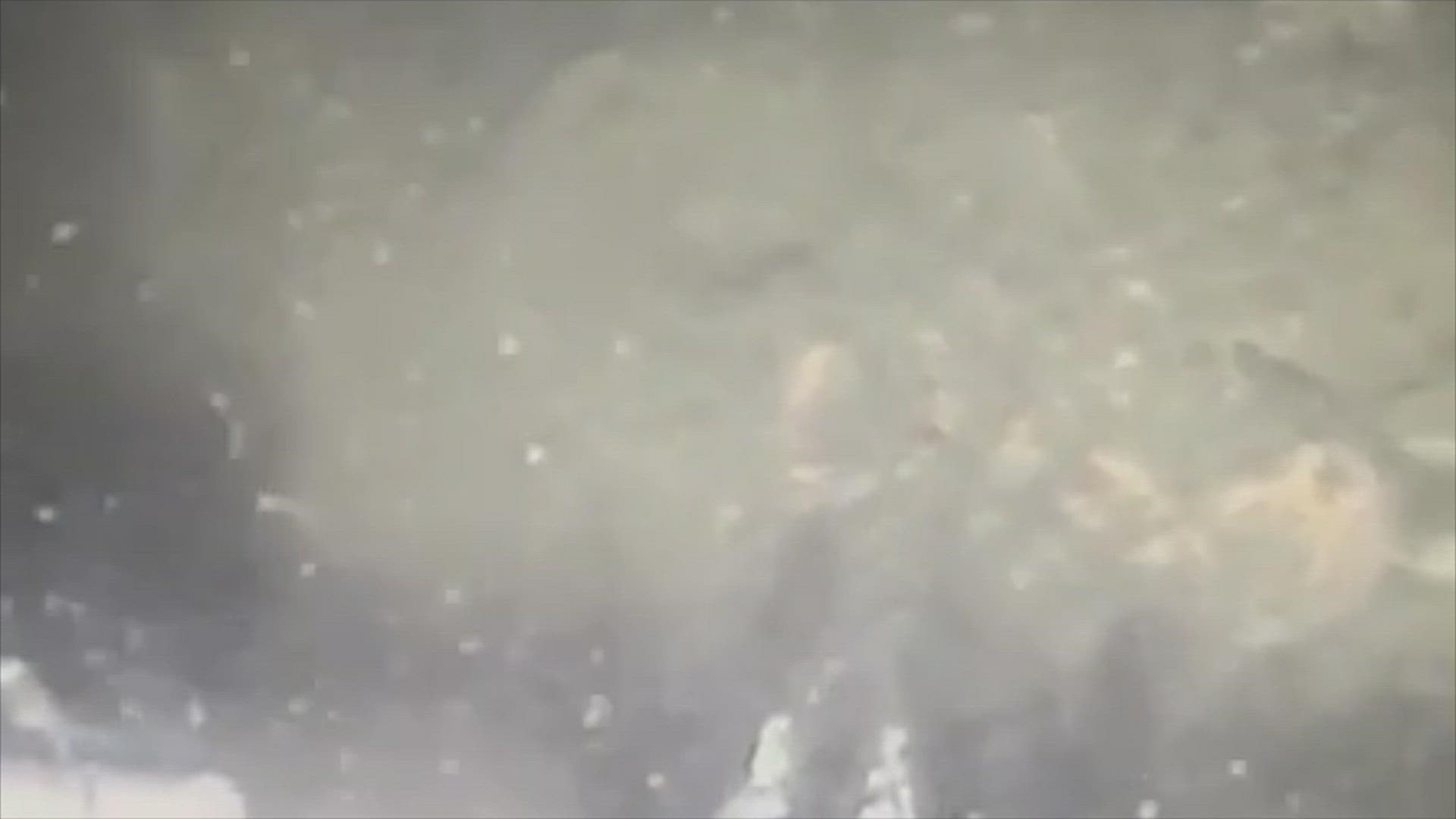SEATTLE — Methane is a serious greenhouse gas, and it’s also coming up from hundreds of plumes out of earthquake faults under Puget Sound.
“I find it amazing, and I’ve been here at the University since 1967,” said oceanography professor Paul Johnson, who is helping to lead new research into the plumes. He’s been on the University of Washington's (UW) faculty for over 50 years. "Nobody knew these plumes were out there.”
The streams of bubbles were picked up by scanning sonar as it was left running aboard UW's largest research ship while it was returning to port in 2011, Johnson said. The “Tommy Thompson” had been out in the open ocean doing other research, but no one noticed the plumes of gas until one of his former students began analyzing the data.
"She's looking at the Puget Sound, 'what are those bubbles that are coming out of the Kingston Arch there by the ferry doc?'" said Johnson.
Beginning in 2019, student cruises aboard a smaller research vessel found more bubbles off Alki Beach. Bubbles were also found coming up from the South Whidbey Island Fault to the north and the Seattle Fault Zone near Alki Point.
A team then followed up with a separate cruise financed with a $100 thousand grant from the National Science Foundation.


“The fact that you have these clusters of plumes, and there are about 20 off Alki point and the Seattle Fault going all the way over to Bainbridge Island,” said Johnson, “it says somehow these fault zones are controlling where this methane comes up.”
Johnson says there are two primary areas of concern.
Methane plumes are nothing new out in the open ocean, but they're often occurring at ocean depths where the methane is absorbed into the water column before it makes it to the surface.
The Puget Sound, while deep, isn't that deep. Johnson estimates about half of the Puget Sound methane could be making it to the atmosphere.
“It’s substantial on the scale of natural sources, but it’s small when compared to leaking natural gas pipes,” Johnson said.
Johnson would like to know how this naturally occurring methane contributes to the underlying layer of greenhouse gases to better understand the overall mix of methane gas that’s influencing climate change.
He also wants to research whether the gas leaking from earthquake faults with a known risk for serious shaking says anything about the potential for an earthquake, as well as where the methane could be coming from.


